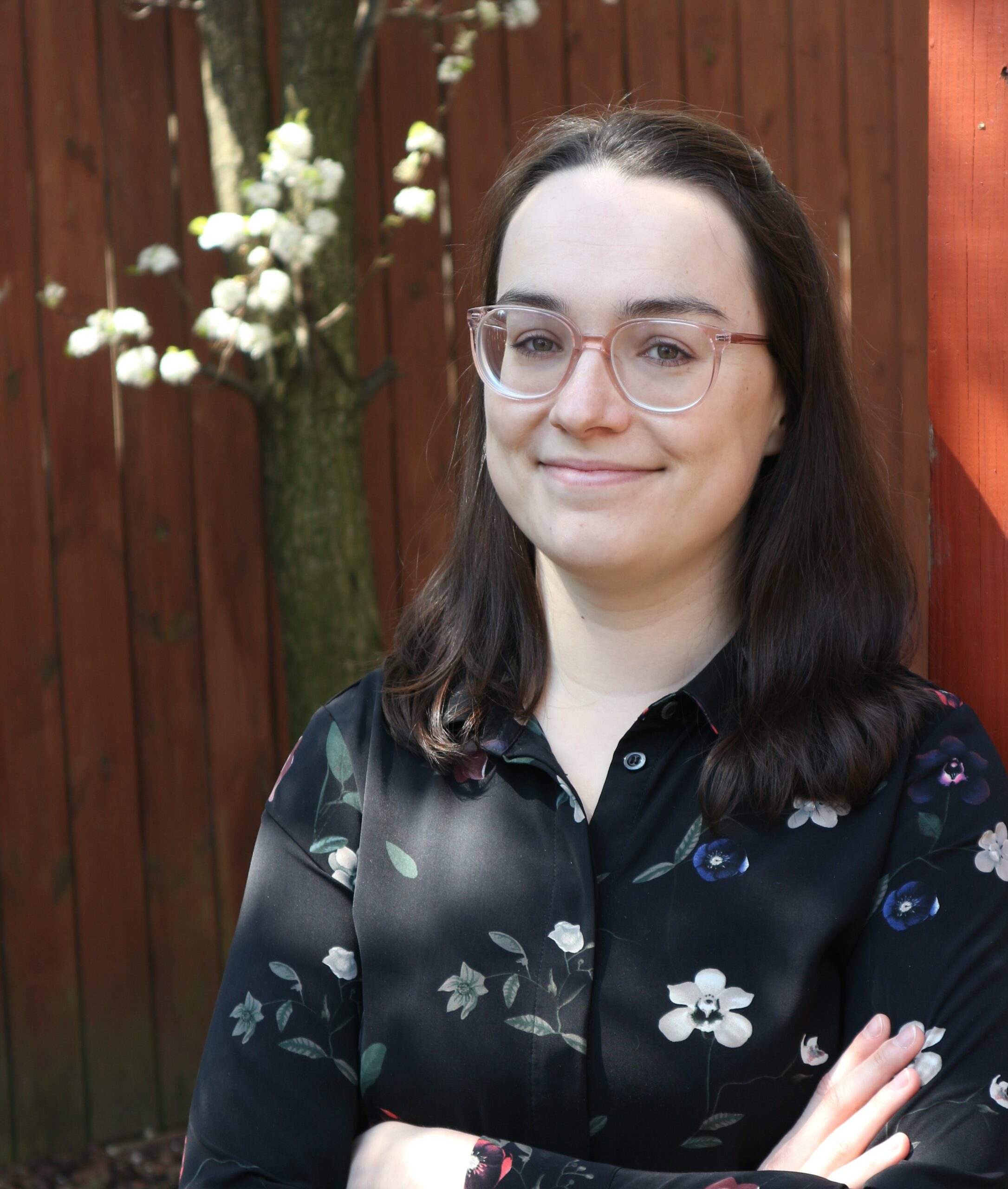With the reopening of the Georgia Historical Society’s newly expanded and renovated Research Center, GHS is again getting visits from scholars, students, and researchers from all over the world researching and studying a wide variety of topics. Off the Deaton Path would like to introduce our readers to some of these visiting scholars and share with you what they’re working on and what they’re finding at GHS.
This week we’ll spotlight Molly Nebiolo, a PhD candidate at Northeastern University in Boston, and a 2021-2022 Friends of the APS Predoctoral Fellow in Early American History at the American Philosophical Society in Philadelphia.

Tell Us About Yourself: I grew up on Long Island Sound in the town of Milford, Connecticut, but I attended college in the Midwest at Butler University. I was always drawn to history as a subject, even though I was exhausted by the colonial New England and Pilgrim history that was found all over Connecticut. At Butler, I double majored in History and Biology and wrote a senior honors thesis attempting to disseminate why socio-cultural feelings towards English surgeons evolved in the early modern period. After college, I moved to Cambridge, Massachusetts, to be a researcher at MIT and an IT technician at a nearby school before starting my PhD program at Northeastern University. I am a 5th year, so the end is in sight!
Tell Us About Your Current Project: I have continued my interest in the history of medicine in the early modern period, now studying the era I grew up disliking: early American history. Opinions really can change with age! My dissertation looks at the ways in which health influenced the planning, settlement, and growth of early American cities that followed the “Grand Modell” scheme of construction: Savannah, Charleston, and Philadelphia. I argue that public health was a central agenda to settlement and city infrastructure in the seventeenth and eighteenth centuries. With my background in computers, I also dabble in the digital humanities and have used digital tools for various projects, the most relevant being an ongoing project to 3D model parts of colonial Philadelphia to better understand early American urban space. All of this is for my dissertation and, hopefully, a book.
As many people can attest when getting their PhD, I stumbled upon my research topic. I was initially interested in women and medicine in the early American period, but when I began research, I noticed how no one had written much on the role of health in early urban spaces, even though “cities” dotted the Atlantic coast. I also noticed that when health has been written about by scholars, it was often the history of the big epidemic outbreaks or political influences on health, not a deeper analysis of early American conceptualizations of healthiness and disease. My project tries to provide a more comprehensive history of urban public health that exemplifies the diverse ideas of healthiness that existed in these cities.
What Are you Finding at GHS? The GHS has been integral to my research on colonial Savannah. I’ve examined a wide range of items to best understand how Proprietors and Trustees planned and settled the town, and how inhabitants thought about their health and the healthiness of the city. This includes the letters of Oglethorpe and other colonial inhabitants in Savannah in the eighteenth century. I also looked at some of the early nineteenth-century texts written by doctors to explain the 1820 yellow fever outbreak to see how terms and ideas remained or changed over time. Maps of early Savannah have been useful (and there are more I will check out on the Digital Images catalogue!). On my last day, I looked through some of the colonial laws and records of early Savannah that are housed in London but are in microfilm at the GHS.
One collection that stood out to me was the Walter Charlton Hartridge, Jr. Collection (MS 1349). The breadth of information that Hartridge collected and wrote about regarding Savannah’s history has been surprisingly useful to me. While his papers are from the twentieth century, his notes on the mortality records found in the Georgia Gazette, from 1763 to 1802, and documents on early Savannah architecture were a surprisingly useful find!
